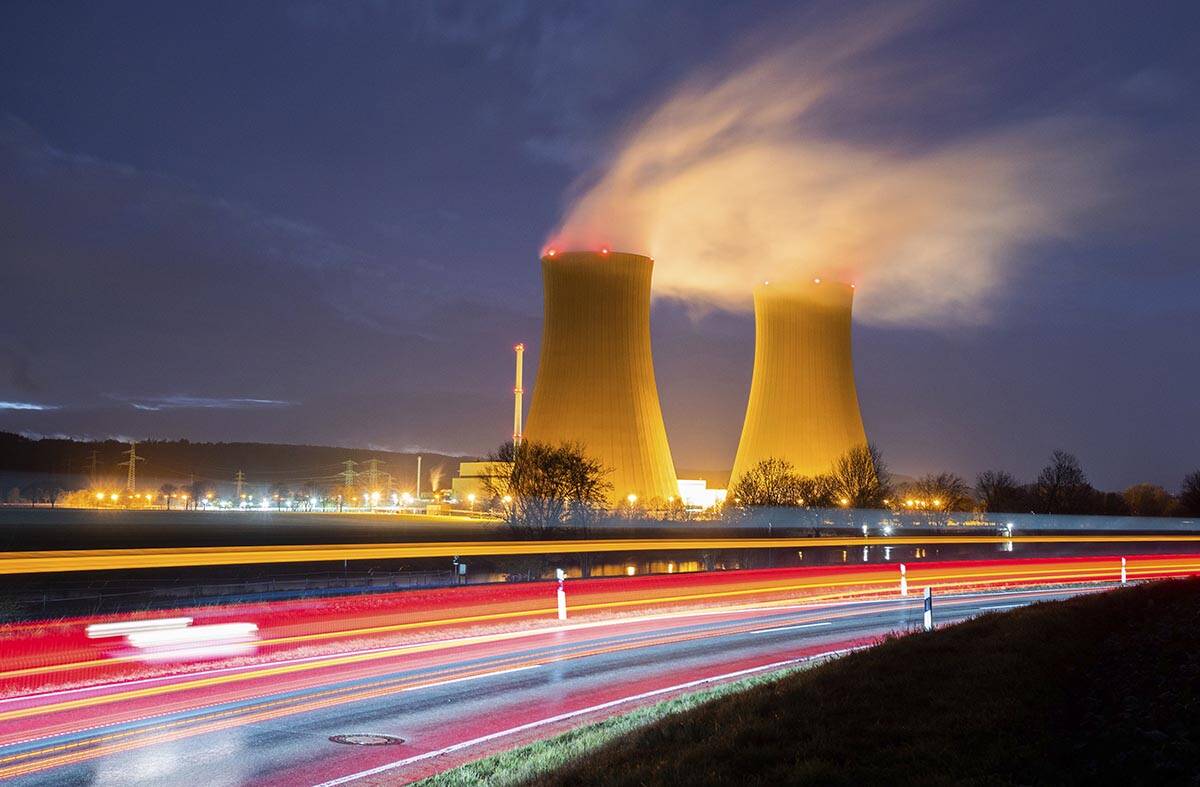EDITORIAL: States drop nuclear, watch emissions go up
Some of the most liberal states in the country have seen their carbon emissions rise recently. Behold, the entirely predictable consequences of the left’s war on nuclear power.
Late last month, the Intergovernmental Panel on Climate Change released a new report on global warming. “Unchecked greenhouse gas emissions will raise sea levels several feet, swallowing small island nations and overwhelming even the world’s wealthiest coastal regions,” The Washington Post wrote when describing the panel’s latest predictions. “Drought, heat, hunger and disaster may force millions of people from their homes.”
Whether these claims will materialize remain to be seen. Yet the track record for such forecasts over the past many decades leaves much to be desired. Most are more ideological fear-mongering than scientific analysis.
But one would think that those who take such claims at face value would strongly oppose actions that lead to increased carbon emissions. Yet for decades dating to the Cold War, hard-core greens have also had an aversion to carbon-free nuclear power, never mind its excellent safety record. Blue states have responded by shutting down nuclear plants along with their fossil-fuel counterparts.
You don’t need to be Kreskin to predict the results.
California will close its last active nuclear plant in three years. It now suffers regular blackouts. When New York, Massachusetts and Pennsylvania shuttered nuclear power plants, starting in 2019, their carbon emissions went up, Politico reported. In New York, emissions from power generation rose almost 15 percent. New England power plant emissions increased 12 percent over the past two years. In Pennsylvania, they’re up 3 percent.
The reason is obvious: The power once generated by nuclear plants was replaced largely by natural gas. Green energy advocates like to pretend that the country can seamlessly replace nuclear power with wind and solar. If battery technology improves, that may some day be possible. It’s not now. When nuclear power plants are taken offline, wind and solar power can’t keep up.
Wind and solar are intermittent. The need for power isn’t. People want air conditioning running when it’s 100 degrees outside, even if it’s cloudy. They need heat during cold Northeast winters. In addition, wind and solar power are still minor players in the overall generation of U.S. electricity. In 2020, wind accounted for 8.4 percent of power, and solar produced 2.3 percent. For comparison, the share of nuclear power is 20 percent.
Those who believe human extinction looms because of global warming should be clamoring for more nuclear plants. The fact that they apparently prefer energy shortages and increased poverty signals their agenda extends beyond cooling the planet.






















